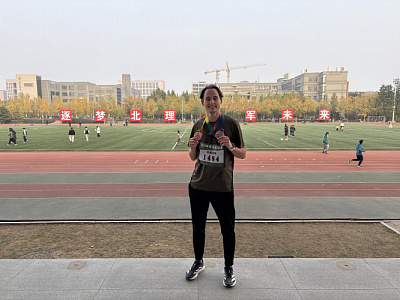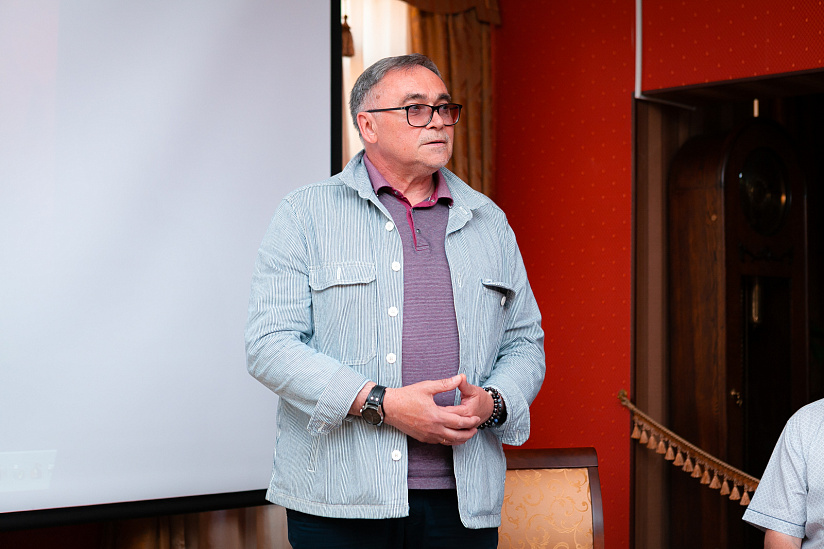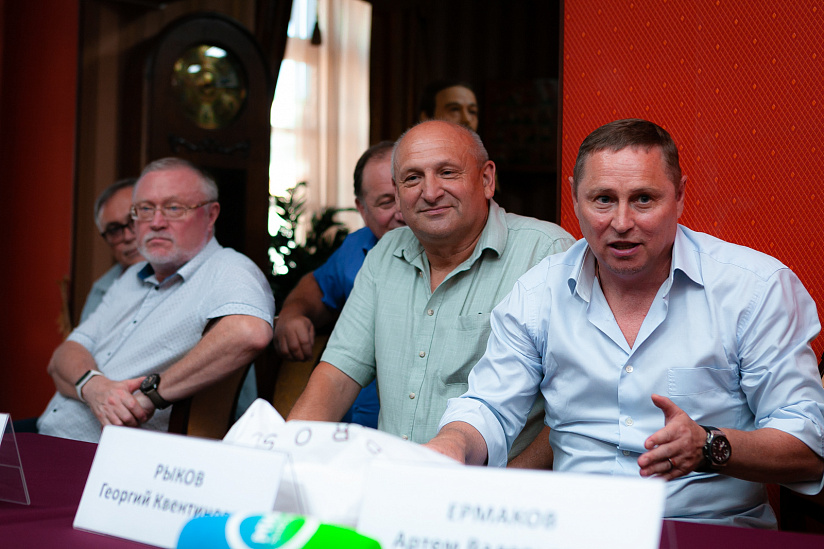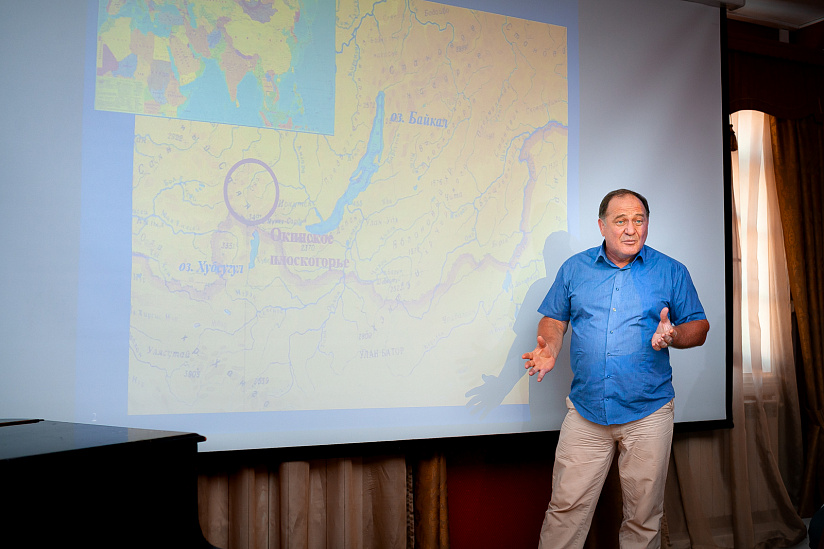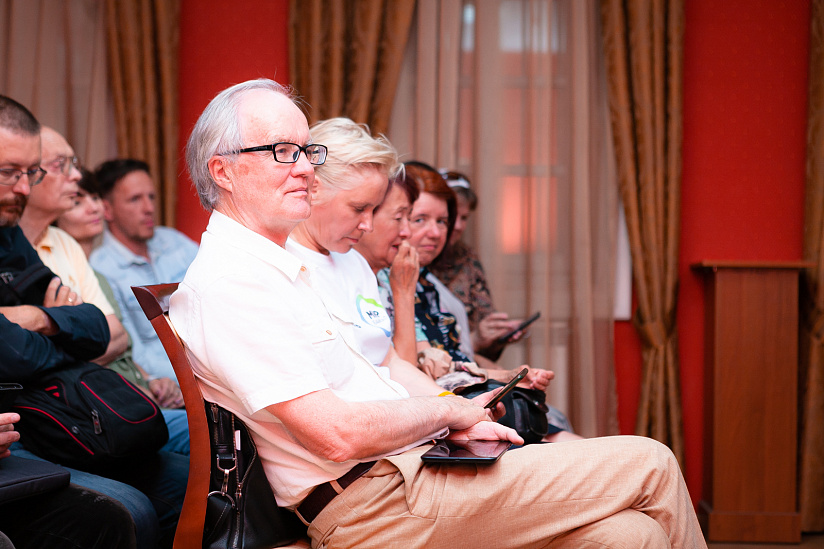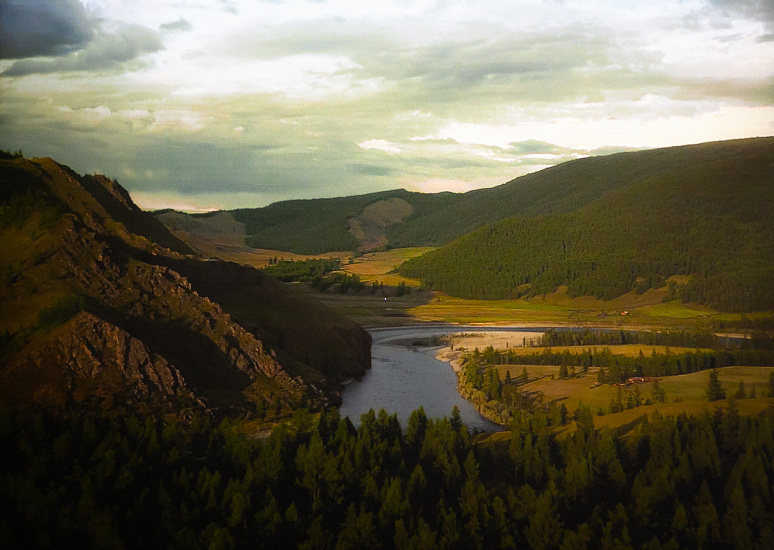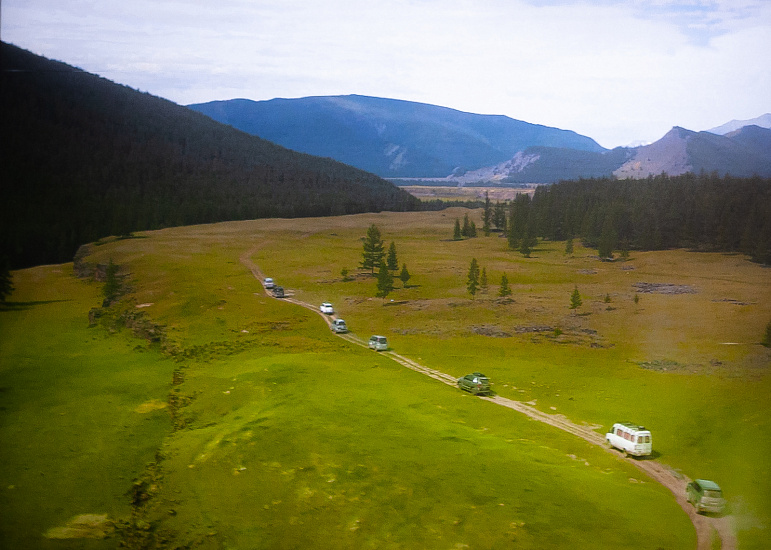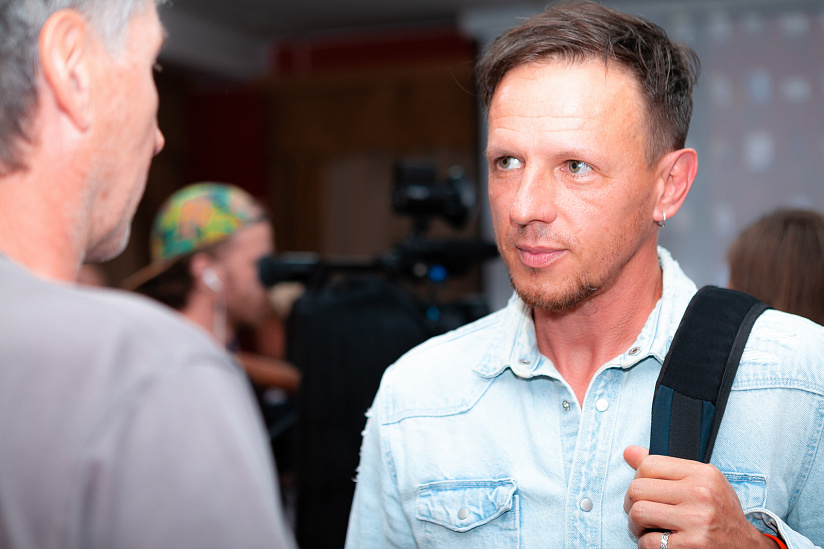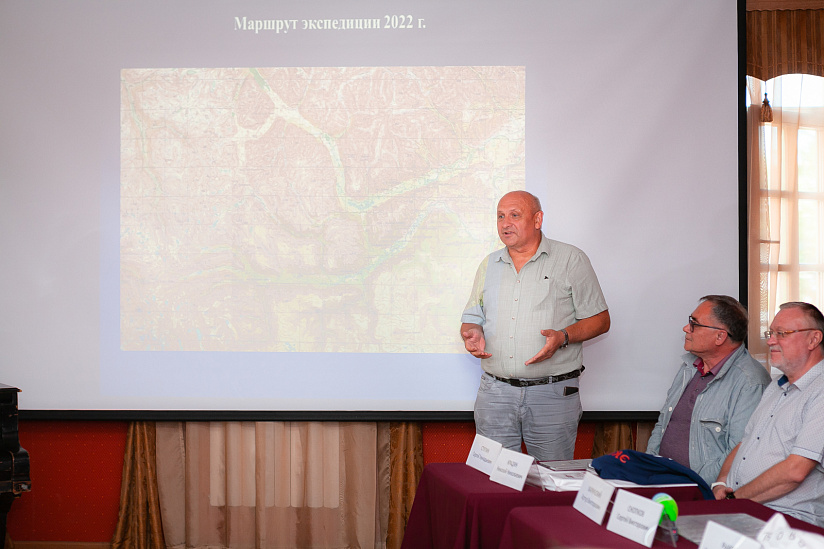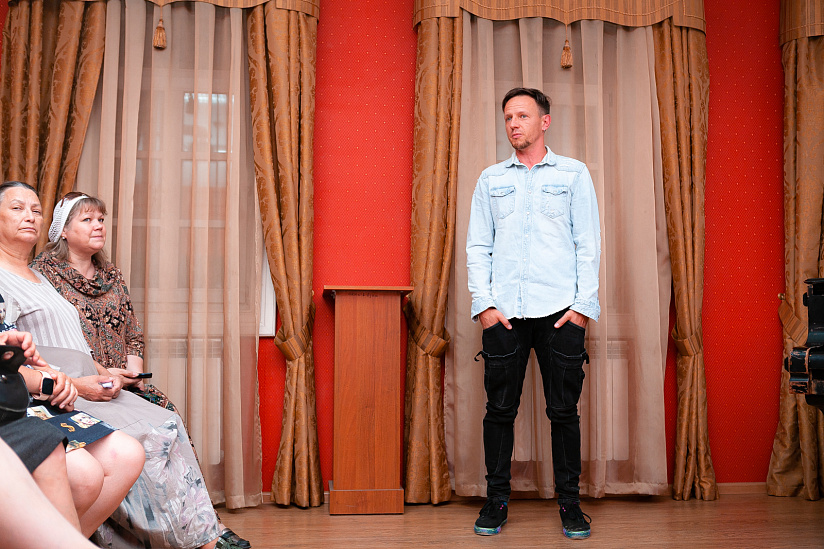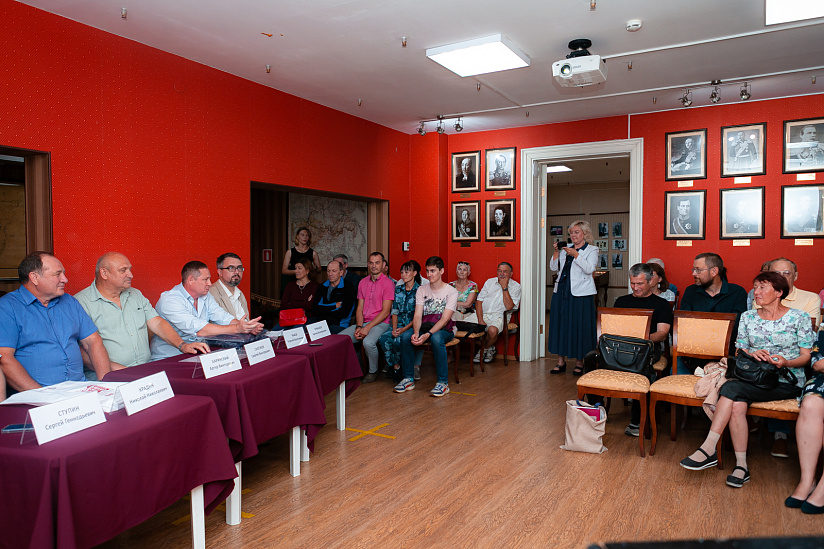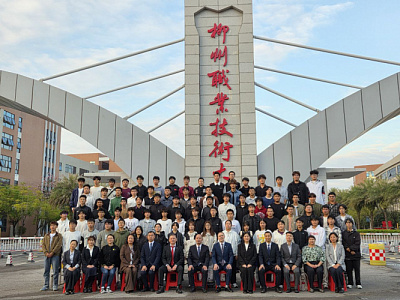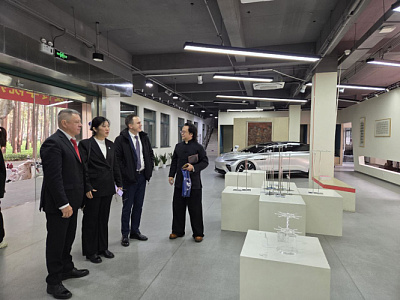Expedition «Along the Paths of Ancient Communications — from Buryatia to Tuva»
The Expedition «Along the paths of ancient communications» was presented and organized by INRTU Professor Artur Kharinsky, (a graduate of the ISU), St. Petersburg businessman Georgy Rykov. Researchers will go on a horse-riding trip fr om Buryatia to Tuva to find out how natural disasters affected the migration of people and the development of the Eastern Sayan. The event took place on July 20 in the department of the Irkutsk Regional Museum named after N. N. Muravyev-Amursky «Window to Asia».
The Expedition is the second part of the Ergene-Kun Project — the legendary and historical ancestral homeland of the Mongols, designed to popularize the history, culture and geography of Buryatia, attract tourists to the region. This is a joint initiative of INRTU, the Russian Historical Society, the Institute of Mongolian Studies, Buddhology and Tibetology, and the Regional Museum of Local Lore. The project started in July 2021 in the format of the festival. Then a group of 50 people, who came fr om different regions of the country (from St. Petersburg to Vladivostok), excavated the burial and ritual complexes of the late Bronze Age. The festival program included a field seminar, an evening of nomadic cuisine, excursions along the Mountain Oka, climbing Botogol Mountain and installing commemorative plaques in honor of scientists and industrialists.
According to Artur Kharinsky, in new season, researchers will have to understand how volcanoes and glaciation affected the migration of the population six thousand years BC and until the beginning of the second millennium AD. The second stage of the Project will last till July 25 — August 5. The Expedition route starts in the village of Orlik, Okinsky district, follows along the Zhombolok River to the Valley of Volcanoes. Then the group will descend along the bank of the Sentsy River to the Choigan mineral springs (Tuva).
15 scientists and entrepreneurs from Irkutsk, Buryatia and St. Petersburg, including historians and archaeologists from INRTU — Artur Kharinsky, Pavel Novikov, Alexey Korostelev, Dmitry Kichigin and Valentina Avramenko, will join a horse trip.
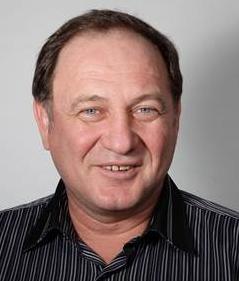
«Our goal is to follow the routes of ancient people in order to understand how people moved along river valleys and interacted with each other, how peoples and regions were formed. This is an important milestone in the study of Siberia, in particular, the Tunka Valley.
I emphasize that we are not planning excavations. However, we hope to meet archaeological sites near fossilized lava flows, along which we will pass a significant part of the way. It is possible that on the passes we will meet barisans and obo — religious buildings, near them nomads have been worshipping the spirits of the area since ancient times," Professor Artur Kharinsky emphasized.
A documentary film about Expedition - 2021 as a part of the project presentation was shown. The film project was carried out by the team of Irkutsk director and screenwriter Maxim Savchenko. The action of the film begins in St. Petersburg in the office of the company of Georgy Rykov, a classmate of Artur Kharinsky (Faculty of History of the ISU). Then Georgy went into business in St. Petersburg, and in adulthood decided to support Science, in particular, finance the Ergene-Kun Expedition.
The key element of the plot is the expedition participants' hike to Botogol Mountain, wh ere one of the leading graphite mining enterprises was located in the middle of the XIX century. French industrialist Jean Pierre Alibert owned the mine. Local residents — Soyots and Buryats worked at the mine at that time. The raw materials were lifted fr om a deep mine and transported by rivers to Irkutsk province, and then to Europe, wh ere pencils were made from graphite. According to the idea of film director Maxim Savchenko, landscape shots are replaced by engravings created by Aliber during his life on Botogol. The creative work of the film crew was provided by the staff of the Museum of Arts and Crafts (Paris).
Vadim Vysotin, a graduate of the Department of Advertising and Journalism of INRTU, became one of the cameramen of the film. The final version of the tape is planned to be shown on film festivals.
The presentation was attended by Nikolai Kradin, academician of the Russian Academy of Sciences, Director of the Institute of History, Archeology and Ethnography of the Peoples of the Far East, Sergey Stupin, director of the Regional Museum of Local Lore, Artem Ermakov, scientific Secretary of the Museum, Sergey Snopkov, Associate Professor of the Department of Oil and Gas of the ISU.
Photo by Arseniy Chekmarev
